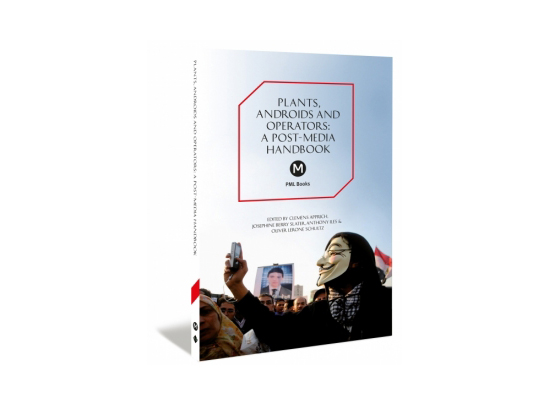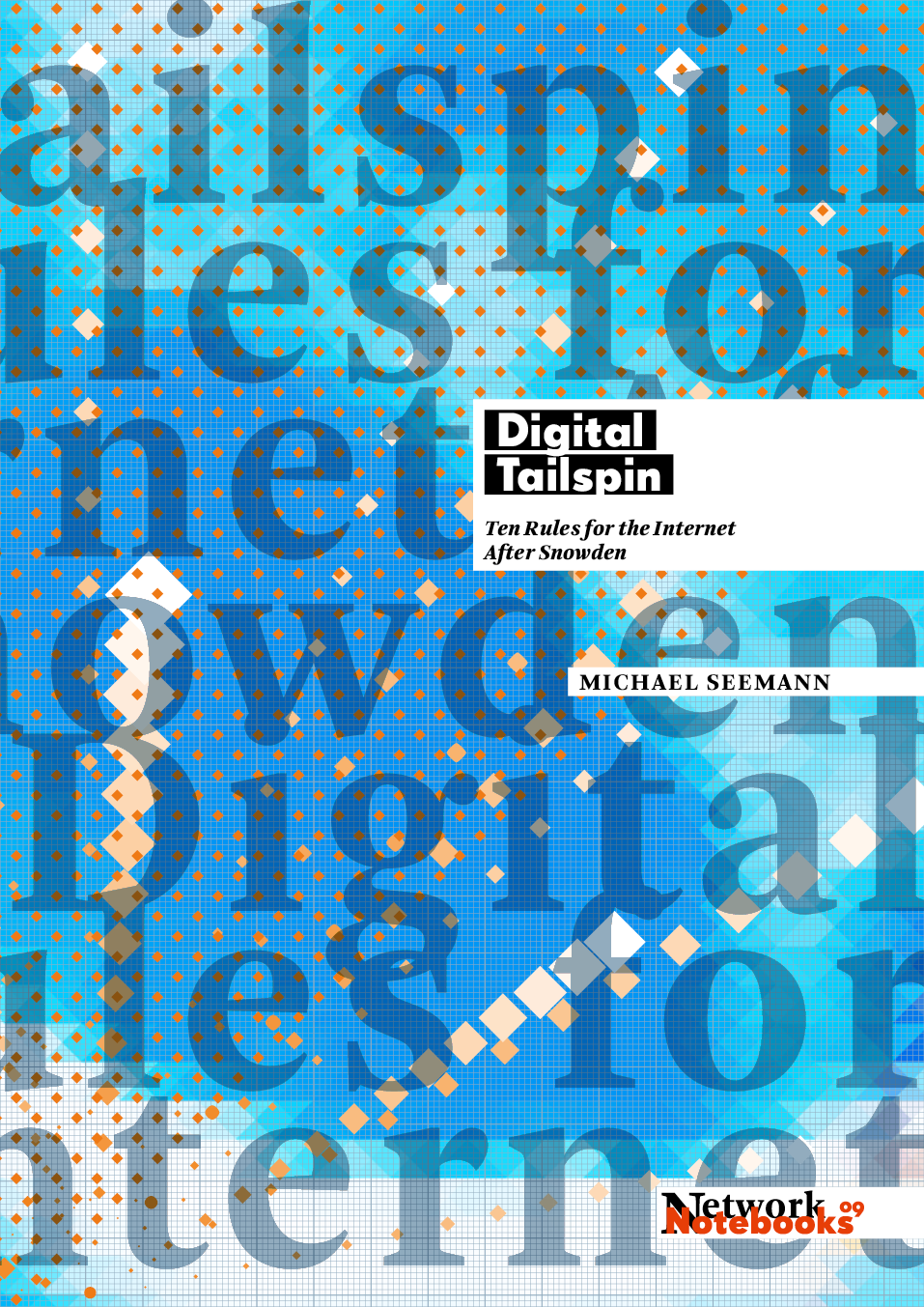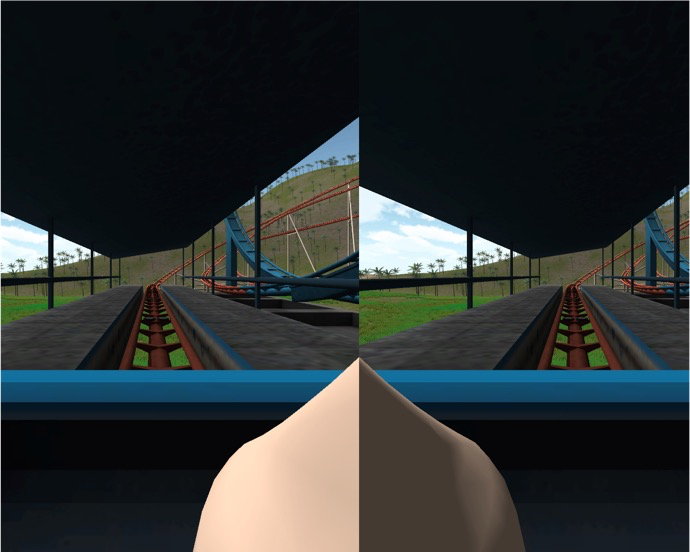I published a paper on Drone Vision in senseAbility – Mediale Praktiken des Sehens und Hörens, a volume published by Beate Ochsner and Robert Stock. The paper draws upon a functional shift of images from a medium of visibility and visualization towards a medium that guides operative processes. On the basis of a case study about the visual architecture and navigation of the MQ-9 Reaper drone it argues that real-time video technology and the mobilization of camera technology in remote warfare have produced a type of intervention, in which interaction is increasingly shaped and organized by imaging technology. This form of visual practice corresponds to a hybrid concept of agency, in which the stabile, subject-centred realm of representation that belonged to classical aesthetics of perception, is replaced by a cooperation between humans and machines. (Image: Bryan William Jones, CC BY-NC 3.0)
- Download: Drone Vision via Academia or purchase at Transcript. Licence: BY-NC-ND 3.0.
- Citation: Moritz Queisner (2016) Drone Vision. Sehen und Handeln an der Schnittstelle von Sinnen und Sensoren. In: B. Ochsner & R. Stock (Hrg.) senseAbility – Mediale Praktiken des Sehens und Hörens. Transcript. S. 169–188. DOI: https://doi.org/10.14361%2F9783839430644-008.







